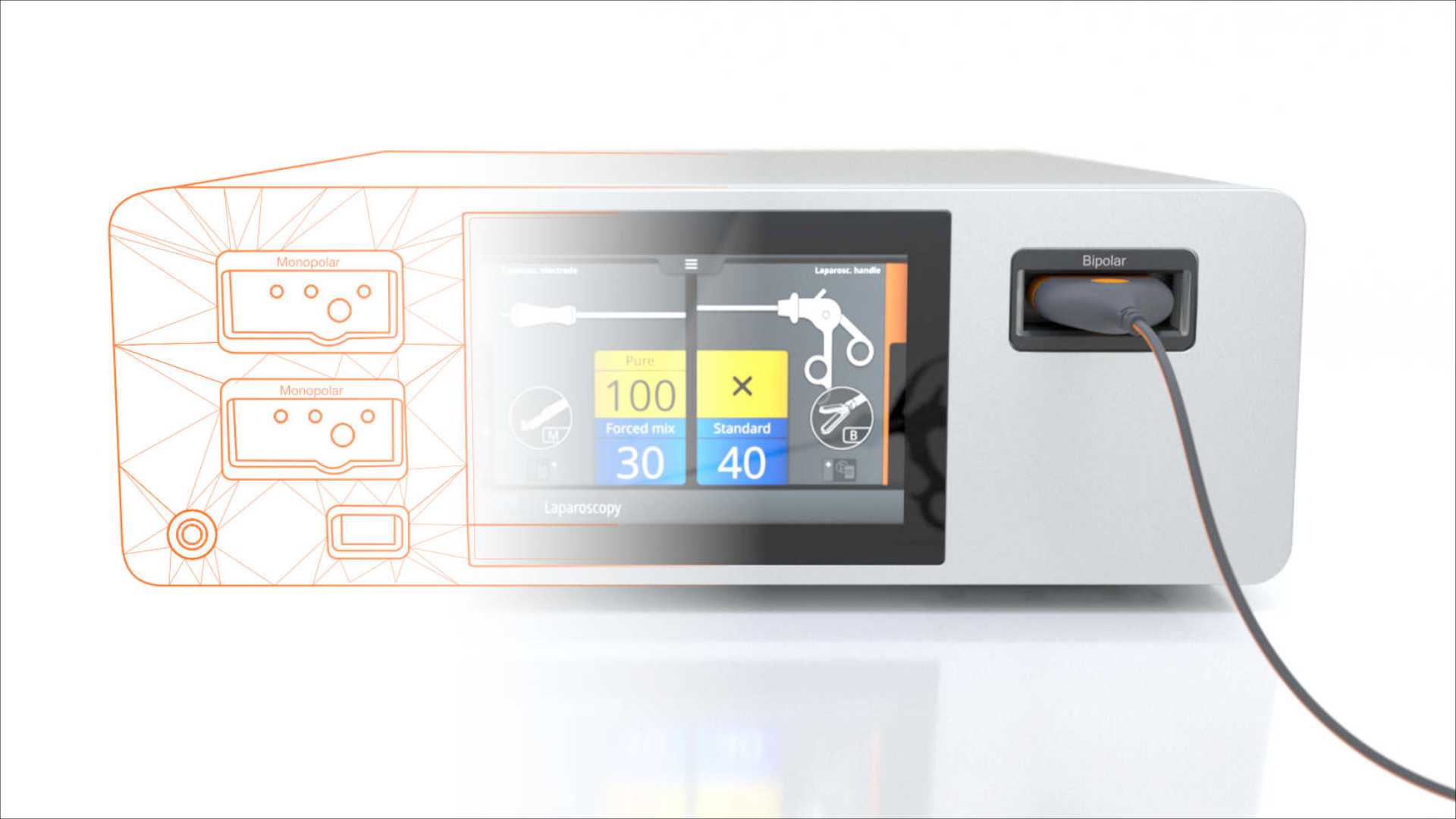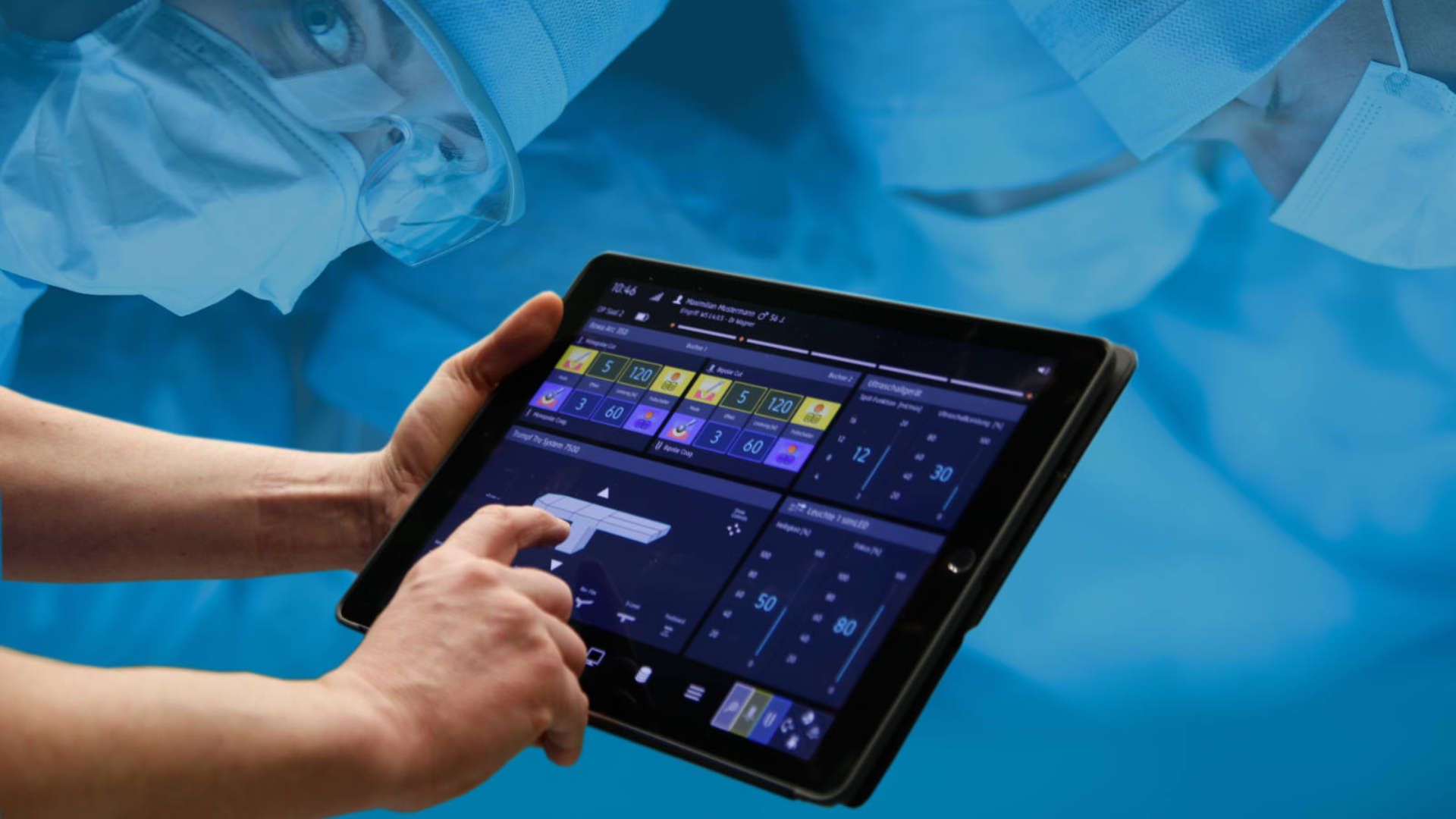design thinking
How we design
Design thinking is an iterative process in which an innovative and ideal product is identified as the result. This can be a product, a user interface or a 3D visualisation.
The iterative approach helps to reduce risks, ensure efficiency and tackle problems in a flexible and dynamic way.
The special thing about the Design Thinking process: the users are involved in all phases of product development – from the analysis of their needs to the prototype and finished product. These phases are processed iteratively until an optimal result is achieved.
Design thinking is used to develop innovative and creative solutions for complex tasks. The goal is to find a solution that satisfies the needs of the users and is feasible. In this way, the acceptance of the developed solutions is increased.
Methods such as brainstorming, the use of personas, user tests among others are applied. A success factor of Design Thinking is the different perspectives of the participants. Through the multidisciplinary approach, new paths are taken and horizons are broadened. The work is without a foregone conclusion and solution-oriented.
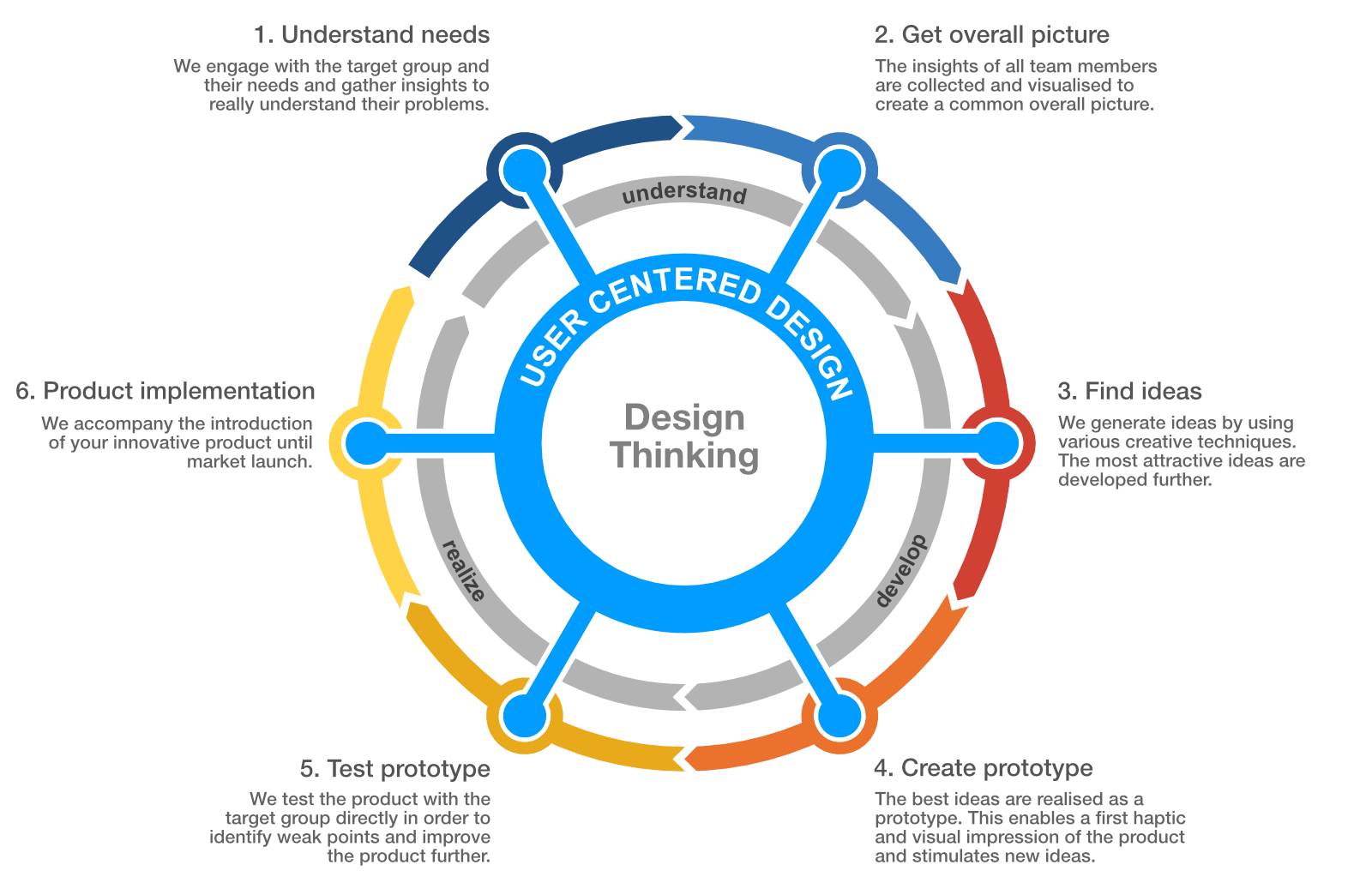
USER CENTERED DESIGN
We put people at the centre of development. People operate the machine or use the product – and not vice versa.
THE HUMAN BEING IN THE CENTRE
The user often wants to operate a simple and intuitively understandable interface, while digital applications often depict complex technological issues.
We put the user at the centre of the design and ensure a positive and user-friendly experience. Taking into account psychological aspects, user habits and accessibility, we design the optimal software product for your user group.
Similar to design thinking, user-centred design is an iterative process. In human-centred design, the areas of ergonomics/work science, human-system interaction, usability and user experience are considered and iterated through in the following four phases:
Analysis of the user context, definition of user requirements, design and prototyping, and evaluation of the developed solution.
The goal is to find a product with high usability and user experience.


Methodical risk analysis
Risk management
Risk analyses to identify device and operating errors are mandatory for medical devices. For risk-sensitive products, we examine the human-machine interaction already during product development. For this purpose, in addition to the classic impact analysis FMEA (Failure Mode and Effects Analysis), we also use the new HiFEM method (Human Induced Function Effect Modelling). With its help, we can identify and evaluate potential sources of error in a scientifically sound manner and optimise user guidance.
Through usability tests throughout the entire product development process, we keep the risk of expensive undesirable developments low.
- Risk analysis or usability testing according to HiFEM or FMEA
- Evaluation of potential sources of error in human-machine interaction
- Workshop for new features and upcoming device generations
- Design conception
- Software prototype
HiFEM method

Aim
Formal analytical usability test for analysis and evaluation of all process steps in the operation of a system (system, user, environment, interaction processes)
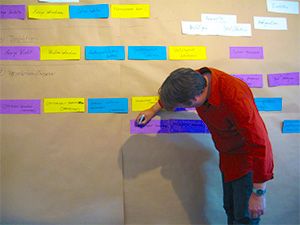
Methodology
Graphical notation from operators
- Network structure
- description of temporal relationships between tasks (e.g., sequence, concurrency, selection, etc.)
- knowledge-based assessment of PSFs and interrelationships
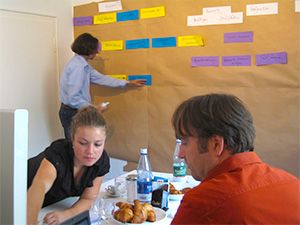
Use
Design, evaluation and documentation phase

Result
Systematic and methodical modeling of a usage process with documented risk analysis


